Celebrating 25 years of London's 'extra lungs'
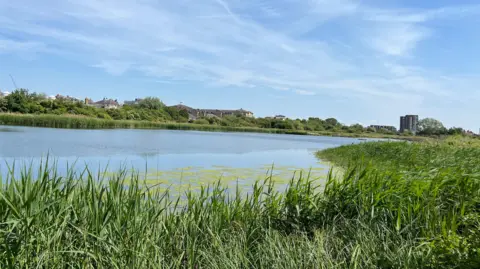 BBC
BBCOnce the largest man-made wetland in any capital city of the world and described by Sir David Attenborough as an "extra lung for Londoners", the London Wetland Centre is now celebrating 25 years.
With its shallow pools home to birds, mammals, amphibians, reptiles and insects, the area remains a radical, transformative, oasis in the suburbs of Barnes in south-west London.
But it could have been very different.
 WWT
WWTIn the 1990s, the defunct Victorian reservoirs on the banks of the Thames were marked for development.
Through the lobbying of the Wildfowl and Wetland Trust as well as its founder Sir Peter Scott, over five years the site was redesigned into a nature reserve.
The site was owned by Thames Water and through a combination of Lottery money, donations and a partnership with Berkeley Homes it was bought and turned into this reserve and 280 homes.
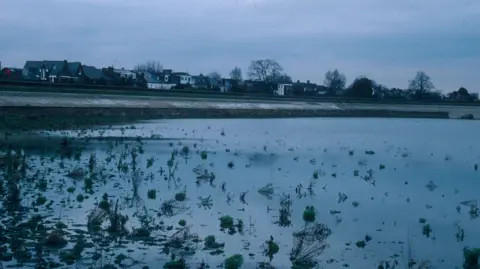 WWT
WWT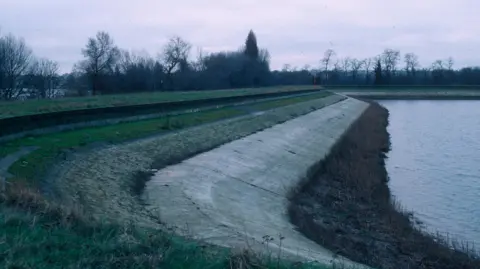 WWT
WWTIt was opened by Sir David who called it "sensational".
Just two years later, Natural England designated it a Site of Special Scientific Interest.
On its tenth anniversary, Sir David - who was back to launch the 10-year celebrations - said: "The reserve is the ideal model for how humankind and the natural world may live side by side in the 21st century."
And BBC's Springwatch presenter Chris Packham described the centre as "one of the most important conservation projects of the past century".
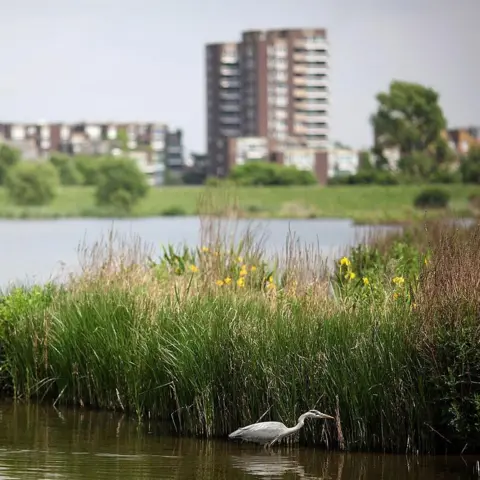 Getty Images
Getty ImagesIt makes you wonder if such a project could be delivered now in an area where land is so valuable and housing is in such short supply.
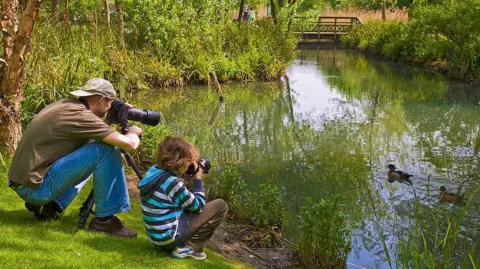 Getty Images
Getty ImagesEverywhere you walk on the site there are groups of school children being shown round - education was a key part of why it was created.
You can see why.
A cacophony of bird song can be heard; reed buntings, blackcaps, sedge and reed warblers are all calling to each other.
Noticeably, there are lots of insects including damsel and dragon flies.
Its location on the Thames is helpful to migrating birds who use it to guide themselves.
And all of this is probably just a couple of miles from busy Barnes.
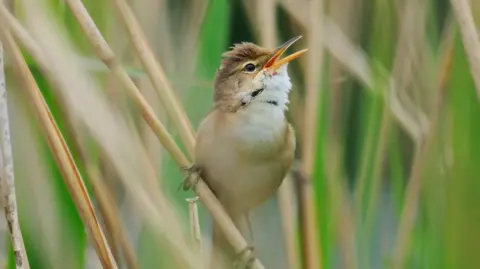 Tom Hines WWT
Tom Hines WWT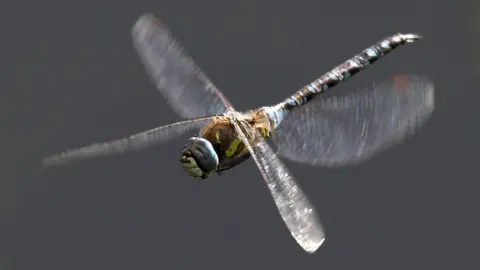 Robert Chadwick WWT
Robert Chadwick WWTReserve manager Adam Salmon has been here since the beginning.
"Back then we hoped it would turn into something like this.
"It used to be old concrete reservoirs - biodiversity wasn't that great, there were a few ducks, but by putting in so many different habitats, we were hoping to send the biodiversity through the roof and that's what has happened."
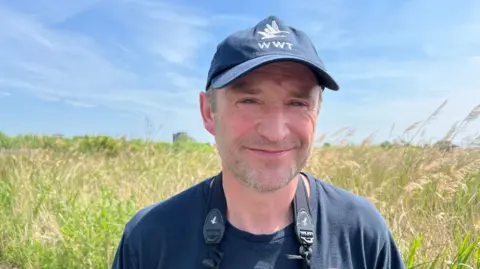
The site's transformation has been a success, he noted.
"Bird diversity has gone through the roof, we have amazing dragon fly assemblage here now with 19 breeding species. We have water voles, grass snakes, slow worms are flourishing and the wild flower meadows that came from nothing, that we had to seed, many of them are species rich," he said.
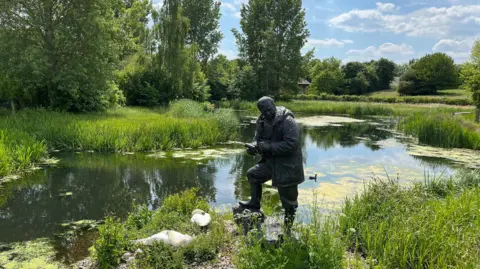
She added: "Education is going to remain a core priority with this site being an amazing place for learning and enjoyment, and we have got so much potential to do so much more.
"So I think forming those international networks, engaging with young people locally and further afield, we are going to continue being a really important site for learning in terms of how to create and manage wetlands."
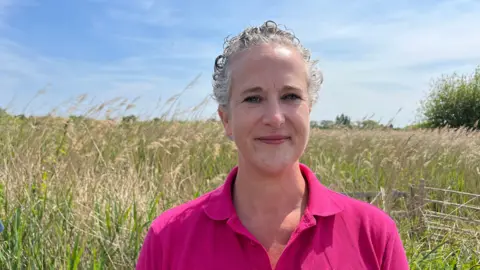
This rich diversity has proved popular with tourists.
"We engage quite frequently with international groups as we are the blueprint," said general manager Alexia Hollinshead.
"We have had groups from Korea, from China, from Singapore, from Israel to see how we run an urban wetland site and how they can take that learning back to their countries."
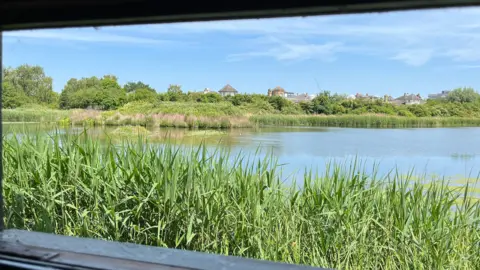
Listen to the best of BBC Radio London on Sounds and follow BBC London on Facebook, X and Instagram. Send your story ideas to [email protected]
